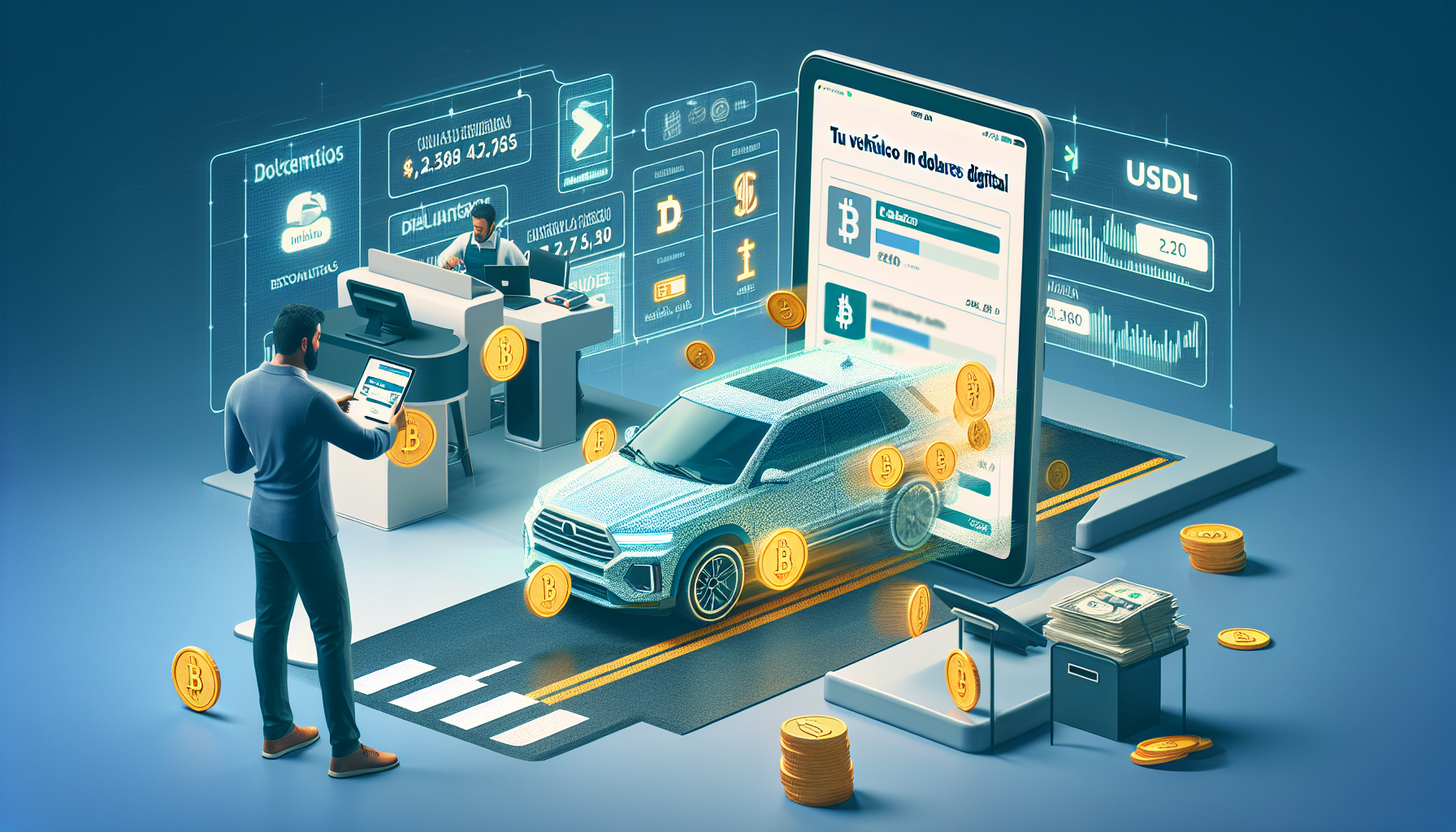
tl;dr
Bolivia's automotive sector is embracing Tether's USDT stablecoin for car purchases, driven by economic instability and inflation. Major brands like Toyota and Yamaha now accept USDT, reflecting a broader Latin American trend toward stablecoins as a hedge against volatile local currencies.
**Bolivia’s Auto Industry Embraces USDT: A New Era of Digital Payments**
In a bold move signaling growing trust in digital currencies, Bolivia’s automotive sector is turning to Tether’s USDT stablecoin as a payment method. Major players like Toyota, BYD, and Yamaha have begun accepting USDT for vehicle purchases, offering Bolivians a way to navigate economic uncertainty. This shift reflects a broader trend of stablecoin adoption in the country, driven by a desire for financial stability amid a struggling local economy.
**Bolivia’s Crypto Boom**
Bolivia’s embrace of digital currencies has accelerated rapidly. In June 2025, the country’s Central Bank reported a staggering 630% increase in cryptocurrency transactions during the first half of the year, totaling $294 million. This surge underscores a growing appetite for alternatives to the Bolivian boliviano, which has faced inflation and devaluation in recent years.
The integration of USDT into automotive sales is a pivotal moment. Tether’s CEO, Paolo Ardoino, highlighted the development on X (formerly Twitter), sharing a photo of the slogan “Tu vehículo en dólares digital” (“Your vehicle in digital dollars”). The phrase encapsulates the appeal of USDT: a stable, dollar-backed asset that shields buyers from local currency volatility.
**Why USDT?**
Stablecoins like USDT are designed to maintain a 1:1 peg with the U.S. dollar, making them a haven for those seeking to preserve value. For Bolivians, this means safer transactions for high-value purchases like cars. With the boliviano losing ground against the dollar, using USDT allows consumers to lock in prices and avoid the risks of inflation.
The move also aligns with Bolivia’s broader push to modernize its financial infrastructure. In October 2024, Banco Bisa launched custodial services for USDT, providing a regulated pathway for businesses and individuals to hold and manage digital assets. This institutional backing has likely eased concerns about security and accessibility, paving the way for wider adoption.
**A Regional Trend**
Bolivia’s adoption of USDT is part of a larger Latin American shift toward stablecoins. Data from Dune Analytics in July 2025 revealed that dollar-backed stablecoins like USDT and USDC accounted for over 90% of all exchange activity in the region. Neighboring countries, including Argentina and Venezuela, have also seen surges in stablecoin usage as citizens seek refuge from hyperinflation and economic instability.
**What’s Next?**
As more businesses in Bolivia and beyond accept USDT, the line between traditional finance and digital currencies continues to blur. For now, the automotive sector’s pivot to stablecoins highlights a practical solution for consumers navigating a turbulent economy. But it also raises questions: Will this trend spark broader regulatory changes? Can stablecoins become a cornerstone of Latin America’s financial future?
For now, one thing is clear—Bolivians are trading their bolivianos for digital dollars, one car at a time.